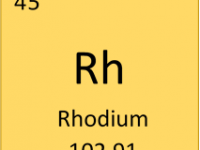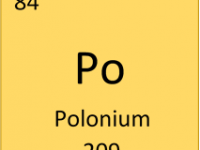Neptunium
What is Neptunium? Neptunium is a silvery metal of the actinide group of elements. The radioactive decay of uranium produces neptunium as a fission product, so neptunium is usually found in trace amounts associated with uranium ores. It is also produced as a by-product of nuclear fission reactions at nuclear power plants. It has no known biological role but is toxic and can accumulate in tissues o... »

